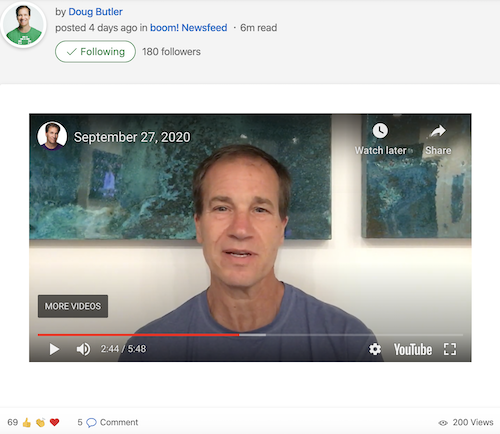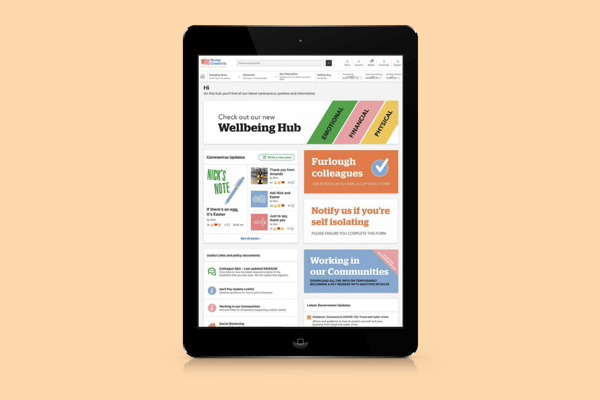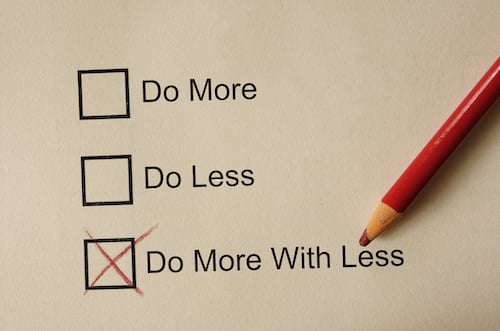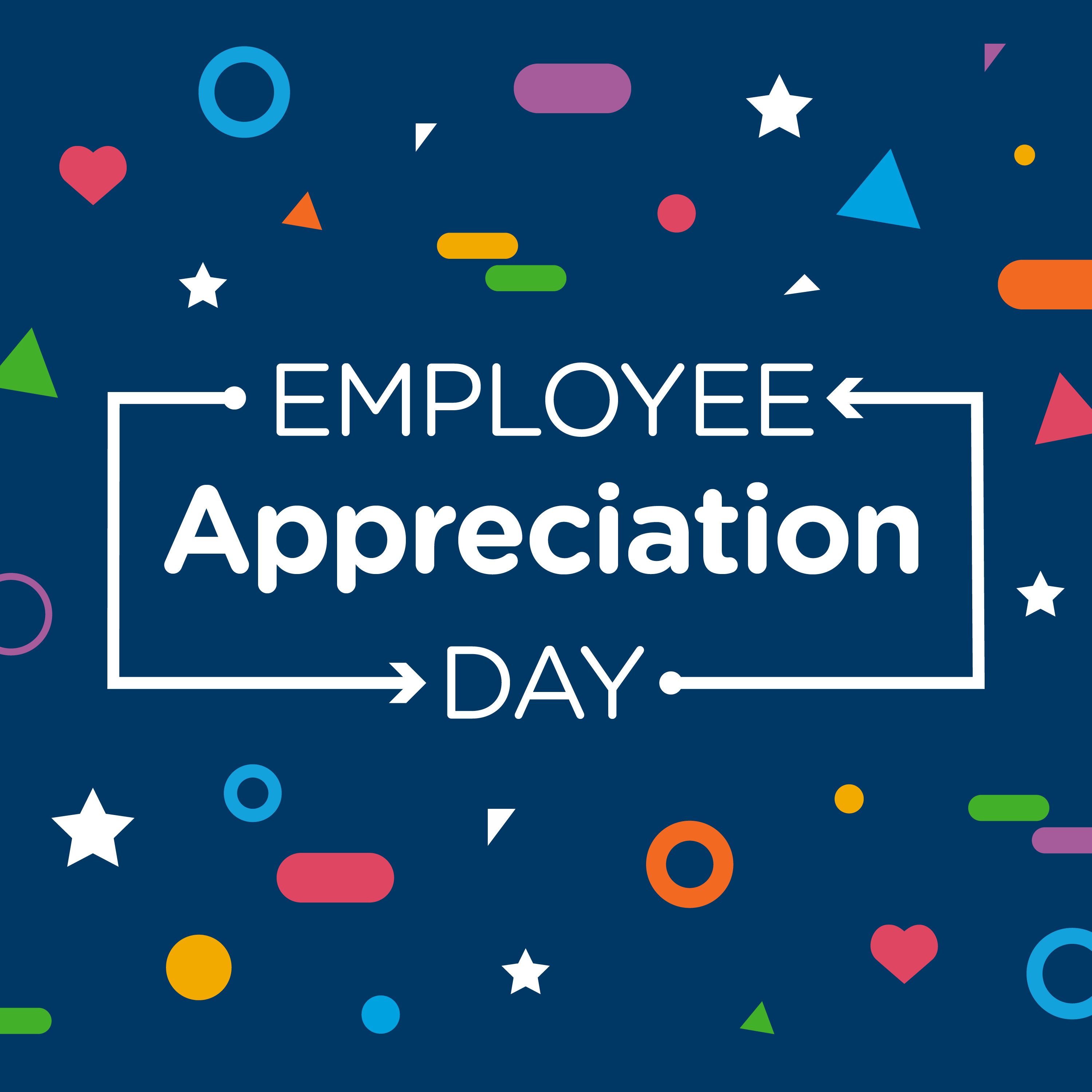How leaders are doing more with less, and rising to the top
5 min read
As a CFO, I spend my days poring over numbers. In the past six months especially, during the COVID-19 pandemic, I’ve had conversations with fellow CFOs and business leaders who have had to make difficult decisions based on those numbers for the future of their business.
Over the past few months, we’ve seen many companies furlough employees, cancel pay rises and slash annual budgets to keep their business alive. And so it can be hard to justify any 'extra' costs, such as employee engagement initiatives or technology. Maybe it even feels a bit wrong.
But we need to change our thinking around the right type of investments for the future of your business - today, and years to come.
I would argue that because your remaining employees are likely to be feeling the negative impact of having to say goodbye to team members or entire departments, extended isolation due to lockdown or remote work, and the ongoing uncertainty brought on by a global pandemic, it’s even more important now to provide our people a stronger sense of connection, security and direction.

Your people need leaders who take ownership and clearly communicate their decisions
In my experience, after any organisational change, the organisations who enable employees to handle disruptions and restructure more effectively — and are able to restore employee morale and productivity faster — are proactive about communication and restoring a sense of direction and purpose.
Discover how to build the business case for investing in your people during COVID-19 »
Leaders who own their decisions (whether it’s to let employees go or institute a payment freeze) and provide clear, company-wide communication are able to restore trust faster than those who gloss over the details and expect employees to take things at face value.
 Here's an example of Reward Gateway's CEO, Doug Butler, sharing his weekly video update.
Here's an example of Reward Gateway's CEO, Doug Butler, sharing his weekly video update.
COVID-19 has forced many leaders (including myself) to step out of our comfort zones and find new ways to deliver difficult news. It’s also forced many leaders to admit that they can’t control or plan anything further than the next six months. But rather than leaving things unsaid or open to interpretation, it’s encouraging to see leaders introduce video blogs on their internal communications platforms or organise live video town-halls so they are more visible and better understood.
It may seem small, but frequent communication and adopting new media like video helps build trust. It helps clearly articulate the tone behind your message, and also gives leaders the opportunity to answer questions and provide reassurance to employees in a live environment.

Employees need a sense of stability and security
There’s a reason your company has kept specific people on board, but that reason isn’t always obvious to those individuals. Employees are often left asking themselves or each other, 'Is it me next?' or 'What’s going to happen?'
To me, it makes sense to spend some money to provide a sense of security and stability, recognise the hard work your people are putting in as best you can, and do what you can to remove the anxiety your employees are feeling. According to a recent article from Staffing Industry Analysis, half of the UK employees surveyed report they are already considering looking for a new job.
The risk of people anxious over job security or their value in your organisation can lead to turnover. What they don’t find in our organisation, they will seek elsewhere. And if they choose to stay but remain scared, that leads to a decline in productivity. Both are more costly to your business.

The case for investing in employee engagement software
When there is uncertainty, I’m more conscious of committing to things that are long-term. Because pay rises are a long-term commitment and COVID-19 makes it impossible to make long-term projections about business performance, it makes sense to see organisations choosing to defer them. A bonus is a nice way to counter that, but it’s often expensive for businesses and for both the person and the organisation, the benefits are often short-lived. Some businesses choose to offer bonuses to a select few, but that can sometimes add fuel to the fire if it causes more division.
On the other hand, investing in something like an employee engagement platform immediately offers more impact than a one-off bonus.
The importance of employee engagement cannot be understated. It has the potential to impact your entire organisation, not just a select few, and the benefits of employee engagement to ongoing wellbeing, culture, retention and employer brand can increase over time.

If I think about the cost of a platform per employee — especially compared to a bonus or pay increase — it’s not actually expensive. Software is an effective and scalable way of offering employees the support they need, while offering CFOs like me the reassurance of flexibility.
I know talking about spending during a time when we’re all doing more with less money and resources can be challenging, but you have to ask yourself: What is the cost of doing nothing?

 Elli Morii
Elli Morii



